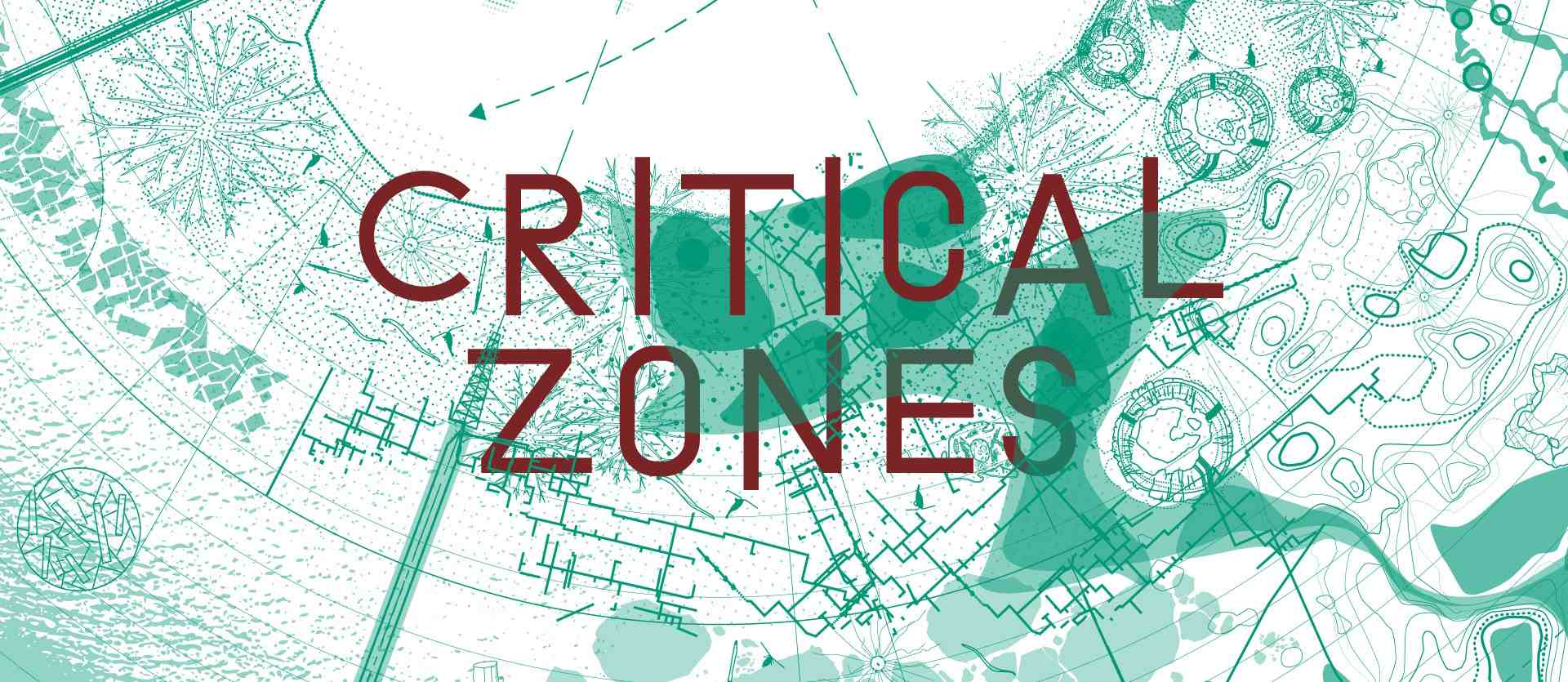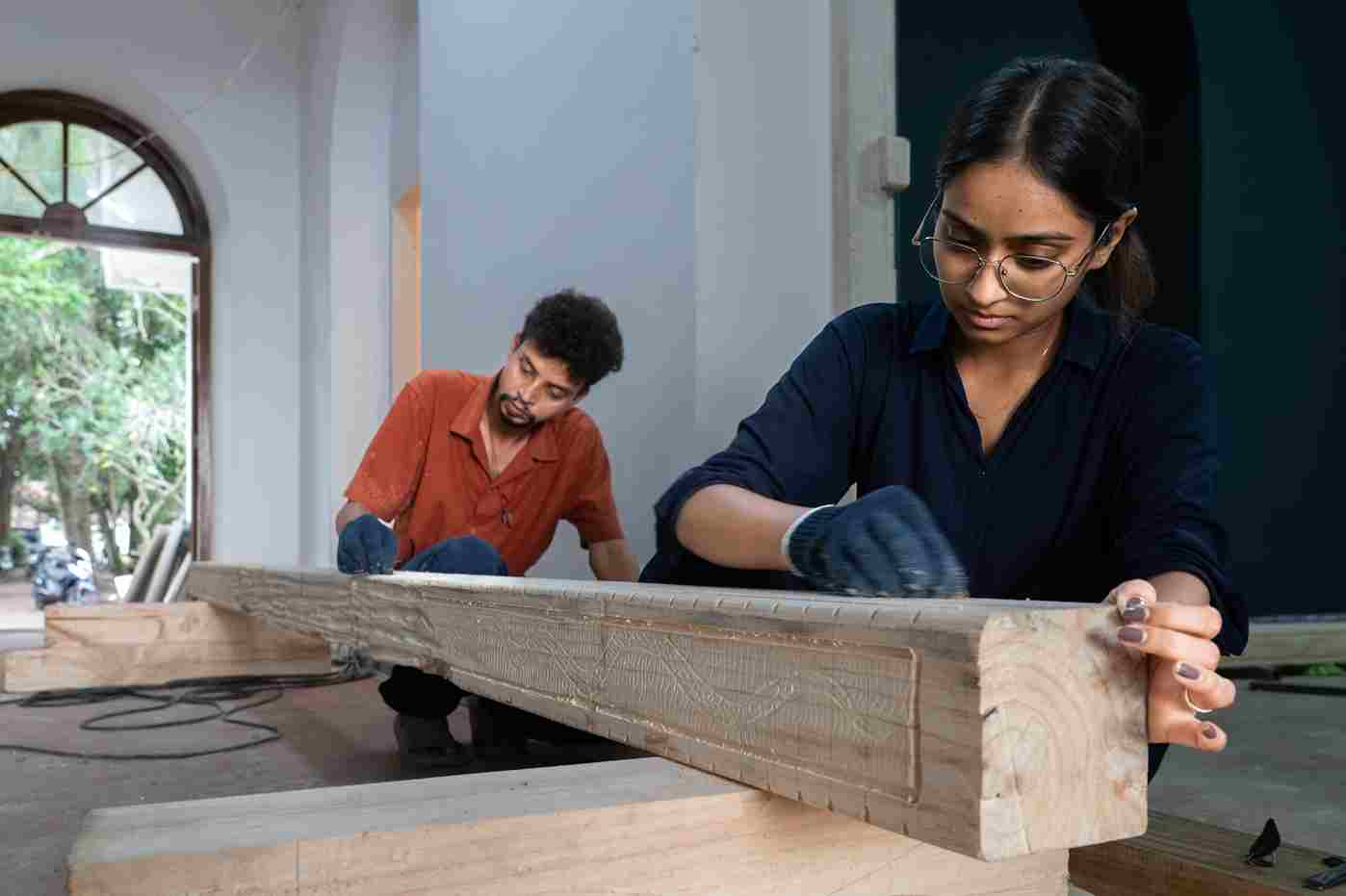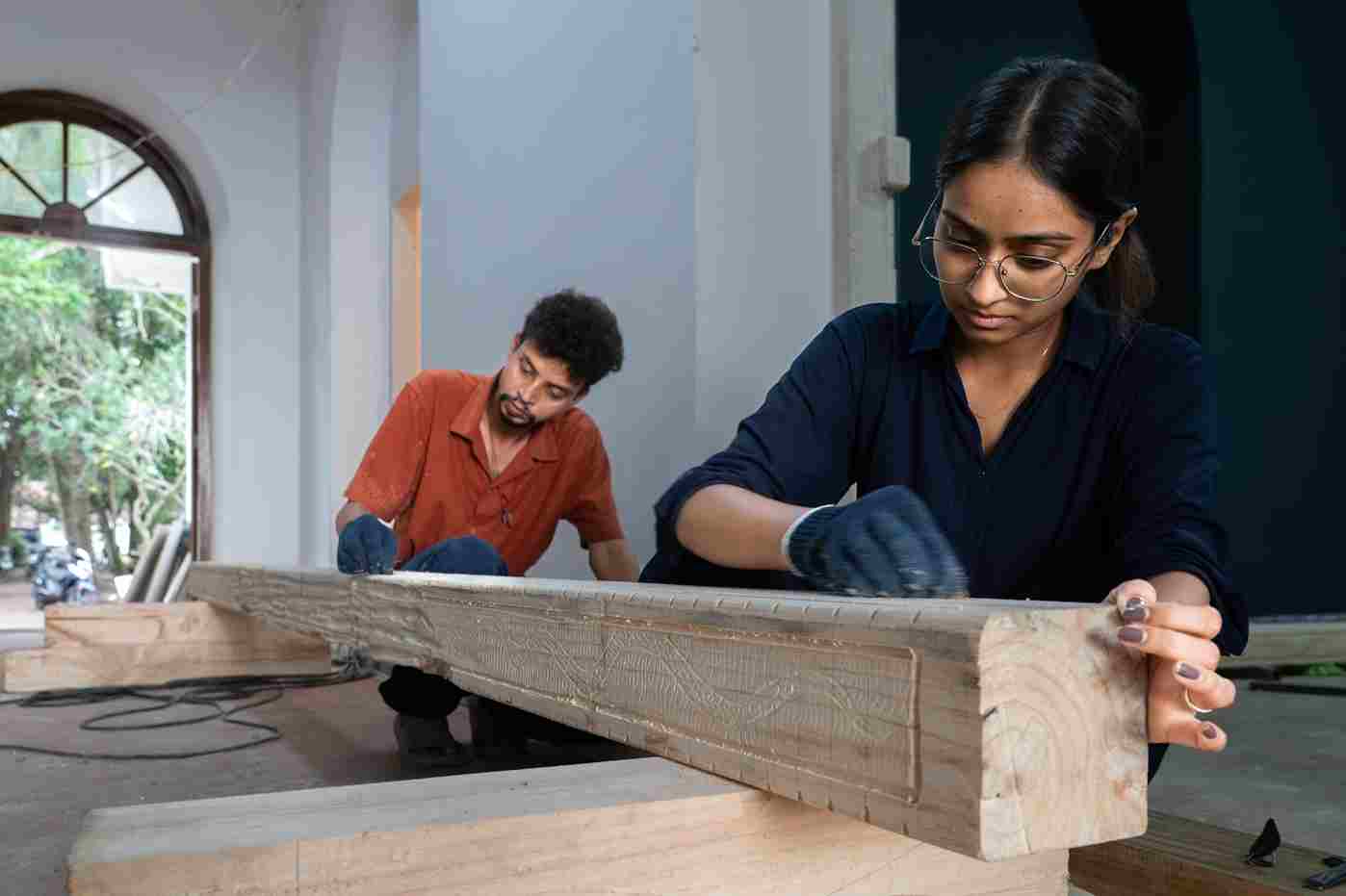Goethe-Institut / Max Mueller Bhavan New Delhi to hold pioneering exhibition on Earth as a network of ‘Critical Zones’
‘Critical Zones. In Search of a Common Ground.’ is an extensive collaboration of international artists, designers, scientists, and activists.
New Delhi / January 31, 2024
New Delhi, Jan 31: Using art to simulate the diversity of relations between life forms, an international travelling exhibition will be held in the national capital, bringing to centre stage the existential threat to our collective situation and the urgent need to develop new options for representation and action.
The pioneering exhibition, ‘Critical Zones. In Search of a Common Ground’, has been co-produced by the ZKM | Karlsruhe (Germany), and the Goethe-Institut / Max Mueller Bhavan Mumbai.
'Critical Zones' will be on view from 3rd February until 9th March at Goethe-Institut / Max Mueller Bhavan New Delhi from 10:00 am to 7:00 pm.
The exhibition is a travelling adaptation of ‘Critical Zones. Observatories for Earthly Politics.’, which was conceived and exhibited at ZKM | Center for Art and Media Karlsruhe (2020–2022). Based on a concept by Bruno Latour, a French philosopher, and Peter Weibel, an Austrian artist, curator and new media theoretician, it was curated by Mira Hirtz and Daria Mille.
The New Delhi edition of the exhibition has been curated by Bettina Korintenberg, a cultural studies scholar whose curatorial practice focuses on interrogating digital and global media ecology and revising the history of ideas of Western-influenced modernity against the backdrop of current social and ecological transformations.
The show will open during the 15th edition of the India Art Fair. As a parallel event, it will be accessible to visitors, both local and international, from across the art world.
For a long time, the reactions of Earth to human actions have remained unnoticed and are now finally moving – not least due to recent international climate protests – into public consciousness. The exhibition invites visitors to engage with the critical situation of the Earth in a novel and diverse way and to explore new modes of coexistence between all forms of life.
In order to remedy the generally prevailing disorientation and dissension in society, politics, and ecology with regard to the changing state of the planet, the exhibition sets up an imaginary cartography, considering the Earth as a network of ‘Critical Zones’.
The term ‘Critical Zone’ is taken from the geosciences and describes the fragile layer of the Earth, its surface, which is only a few kilometres thin and on which life is created. In addition to emphasizing the vulnerability of this thin layer, the term also sheds light on the numerous controversies that have triggered new political attitudes towards it.
Created by a wide variety of life forms over time, living organisms interact in these ‘Critical Zones’, but also earth, rock, water, and air. Those life forms had completely transformed the original geology of the Earth before humanity transformed it yet again over the last centuries.
The exhibition creates a landscape that makes the public understand the characteristics of the so-called ‘New Climatic Regime’, a term coined by Bruno Latour to describe the global situation affecting all living things. Not being limited to ecological crises, the term also includes questions of politics and cultural history, as well as ethical and epistemological changes of perspective. In an attempt to compose common ground between different disciplines, humans and non-humans, the exhibition aims to steer a debate towards a new Earthly Politics.
‘Critical Zones’ is characterized by an extensive collaboration of artists, designers, scientists, and activists as well as the Critical Zones Study Group at the University of Arts and Design Karlsruhe. Art, with all its imaginative, speculative and aesthetic power, takes up the important challenge of developing new forms of representation and options for action in an overall situation that has not yet been clarified.
The exhibition has a specially curated activation programme which has been set up in dialogue between the curators, art mediators, civil society partners and Goethe-Institut / Max Mueller Bhavan New Delhi. The core aim of the programme is to investigate, further dialogues, and co-creative moments to investigate and analyse the issues of importance in and around New Delhi.
Highlights of the extended programme comprise a series of interventions by Toxics Link (an environmental NGO, dedicated to bringing toxics-related information into the public domain); Edible Routes (a holistic company whose mission is to create largely self-sustaining communities in urban areas of the country), Swechha India (a Delhi-based NGO, working on issues of environment, education, and enterprise); and Crow Immersive Theatre (whose forte is storytelling combined with immersion, interactivity and play).
Additionally, Goethe-Institut / Max Mueller Bhavan New Delhi invited proposals from young artists to respond to a series of questions around ecology and sustainability. Six artists were chosen and will be showcased as part of the event. This, together with a series of talks by and interactions with some of the participating artists including Ravi Aggarwal, Uriel Orlow and Rohini Devasher, will engage with the key issues and themes of ‘Critical Zones’.
ENDS
About the ZKM
The ZKM I Center for Art and Media is a unique cultural institution located in Karlsruhe, Germany. With its art collection, publications, archives, and artistic, scholarly and scientific research on the electronic arts, the ZKM stands for a programme of interdisciplinary projects and international collaborations. In its exhibitions, symposia, concerts, and workshops, the ZKM communicates the theoretical discourses of philosophy, science, technology, politics, and economics from a contemporary artistic perspective.
About Goethe-Institut
The Goethe-Institut is the Federal Republic of Germany’s cultural institute, active worldwide. It promotes the study of German language abroad and encourages international cultural exchange.



